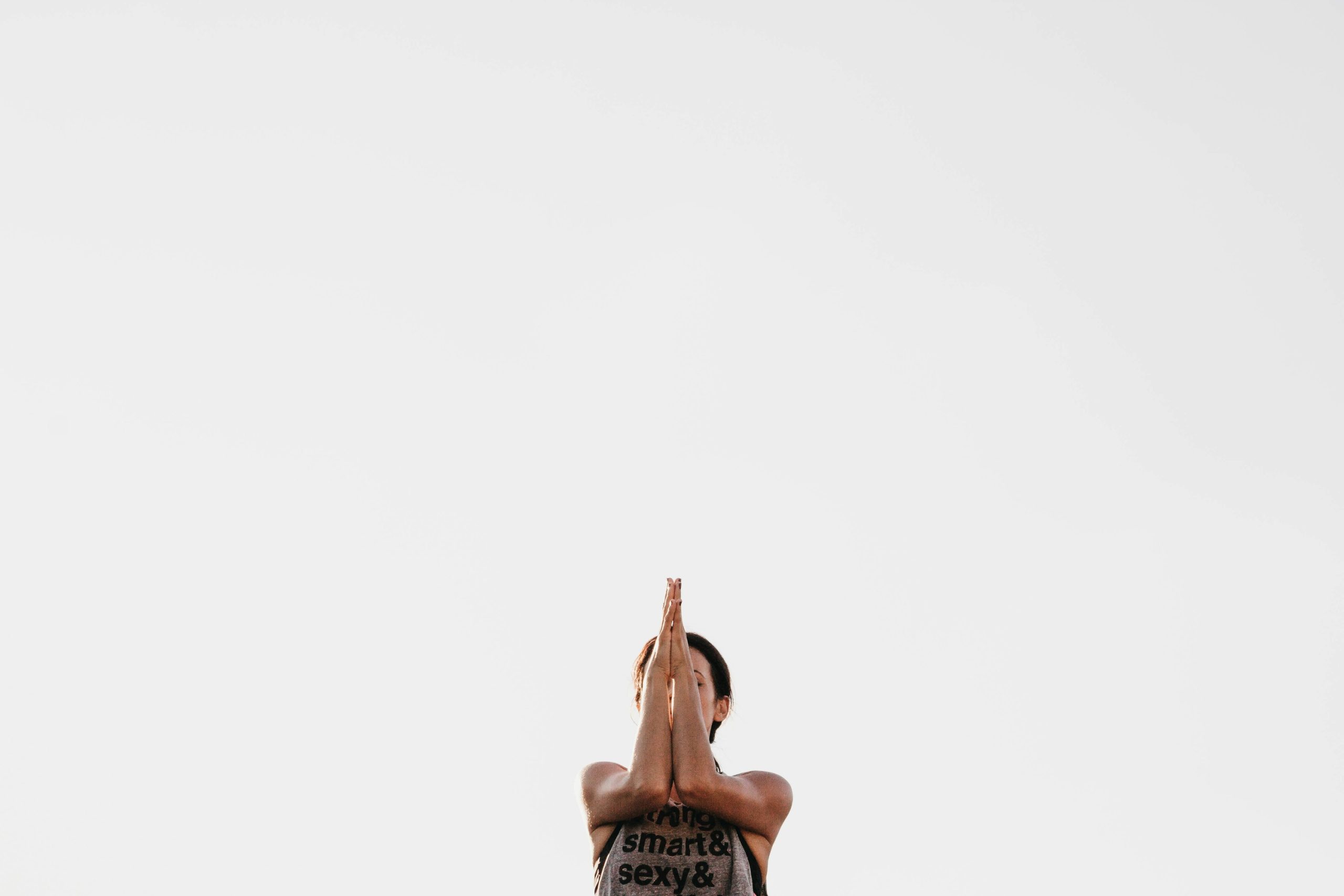
Wellness is everywhere—on your social feed, your grocery store shelves, your podcast queue. It promises more than just health. It’s self-optimization. It’s glowing skin, inner peace, immunity-boosting superfoods, and workouts that promise to “reset” your nervous system. And it all sounds amazing, until you realize how much of it comes with a price tag.
From $14 smoothies and boutique fitness studios to breathwork retreats and high-end skincare, the wellness world has morphed into a booming industry worth billions. But behind the affirmations and matcha lattes is a deeper question: Who is all this really for? And is the promise of wellness just another luxury dressed up as self-care?
Wellness as a Status Symbol
Let’s be honest: wellness has become an aesthetic. It’s green juice, organic cotton sets, sauna sessions, and gym memberships that cost more than rent in some cities. The more holistic and “clean” your lifestyle, the more you’re seen as enlightened or evolved. But here’s the thing: those markers of health often correlate more with income than intention. The freedom to take time off for rest, to work out during the day, to shop at Whole Foods, to meditate in silence—these aren’t just personal choices. They’re often privileges.
Some people are praised for putting their “mental health first” because they took a solo trip to Bali. Others are labeled lazy or irresponsible for calling out sick. When self-care becomes performative and expensive, it stops being about well-being and starts being about optics.
What Gets Left Out
The mainstream version of wellness often leaves out the very people who might benefit most from its core ideas. Try telling a single parent working two jobs to wake up early for yoga and journaling. Try selling the idea of a $100 infrared sauna blanket to someone who’s worried about paying their utility bill.
It’s not that those folks don’t care about their health. It’s that wellness, as it’s sold to us, is often inaccessible. It doesn’t account for cultural differences, chronic illness, neurodivergence, or systemic barriers to health. Instead, it tends to center thin, wealthy, white, able-bodied people, because that’s who can afford to be seen as “well.”
And when you can’t buy in? It’s easy to feel like you’re failing. That your stress, exhaustion, or anxiety is a personal flaw, when really, it’s often a result of structural inequality.

When Self-Care Becomes Self-Blame
One of the most toxic things about the wellness industry is how it shifts the burden of health entirely onto the individual. If you’re tired, try ashwagandha. If you’re anxious, meditate more. If you’re sick, cut out dairy. It’s always you, not the system.
But what if your stress comes from job insecurity? What if your insomnia is tied to unsafe housing or generational trauma? Wellness culture rarely makes room for those conversations because they’re messy, and they don’t sell products.
Instead, we’re told to buy, optimize, and control ourselves into serenity. And when that doesn’t work? We blame ourselves for not trying hard enough. The result is a toxic loop of aspiration and guilt. One that only benefits the people profiting from your insecurity.
The Difference Between Wellness and Well-Being
Wellness, as it’s sold, is not the same as well-being. True well-being is about care, rest, nourishment, and community. It doesn’t require money or perfection. It’s not a look. It’s a feeling. It’s a life where your needs are met and you feel safe in your body and environment.
And while yes, movement, mindfulness, and nutrition can absolutely be healing, so can financial stability, fair wages, accessible healthcare, and safe neighborhoods. But those aren’t things you can fix with a protein shake.
When we strip wellness down to its essentials, it should be about care that supports people across all walks of life. The problem is, the industry has turned it into a luxury when it should have been a right.
Can Wellness Be Reclaimed?
The answer isn’t necessarily to reject all wellness practices. Many of them can be helpful, grounding, even life-changing. But they shouldn’t come at the expense of access, inclusivity, or realism.
Reclaiming wellness means decentering wealth and returning to what actually nourishes us. It means seeing therapy, sleep, joy, connection, and boundaries as just as important, if not more, than detox teas or fitness trackers. It means recognizing that the path to wellness isn’t the same for everyone, and that’s okay.
Ultimately, real wellness can’t be bought. It has to include mental health, emotional safety, and social justice. Otherwise, it’s not wellness. It’s marketing.
Do you think the wellness industry has become too exclusive? What would it look like to create a version of wellness that’s truly for everyone?
Read More:
Do Mental Health Days Really Help—Or Just Postpone the Breakdown?
Are Mental Health Apps Actually Helping—or Just Another Subscription Drain?
Riley is an Arizona native with over nine years of writing experience. From personal finance to travel to digital marketing to pop culture, she’s written about everything under the sun. When she’s not writing, she’s spending her time outside, reading, or cuddling with her two corgis.
Comments